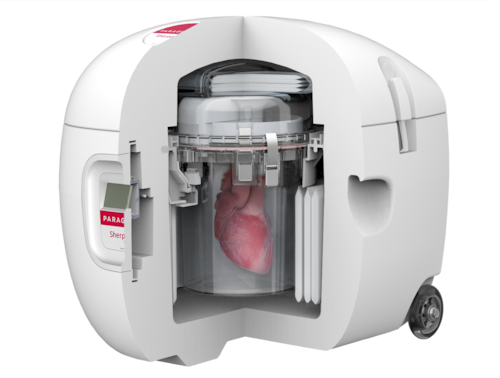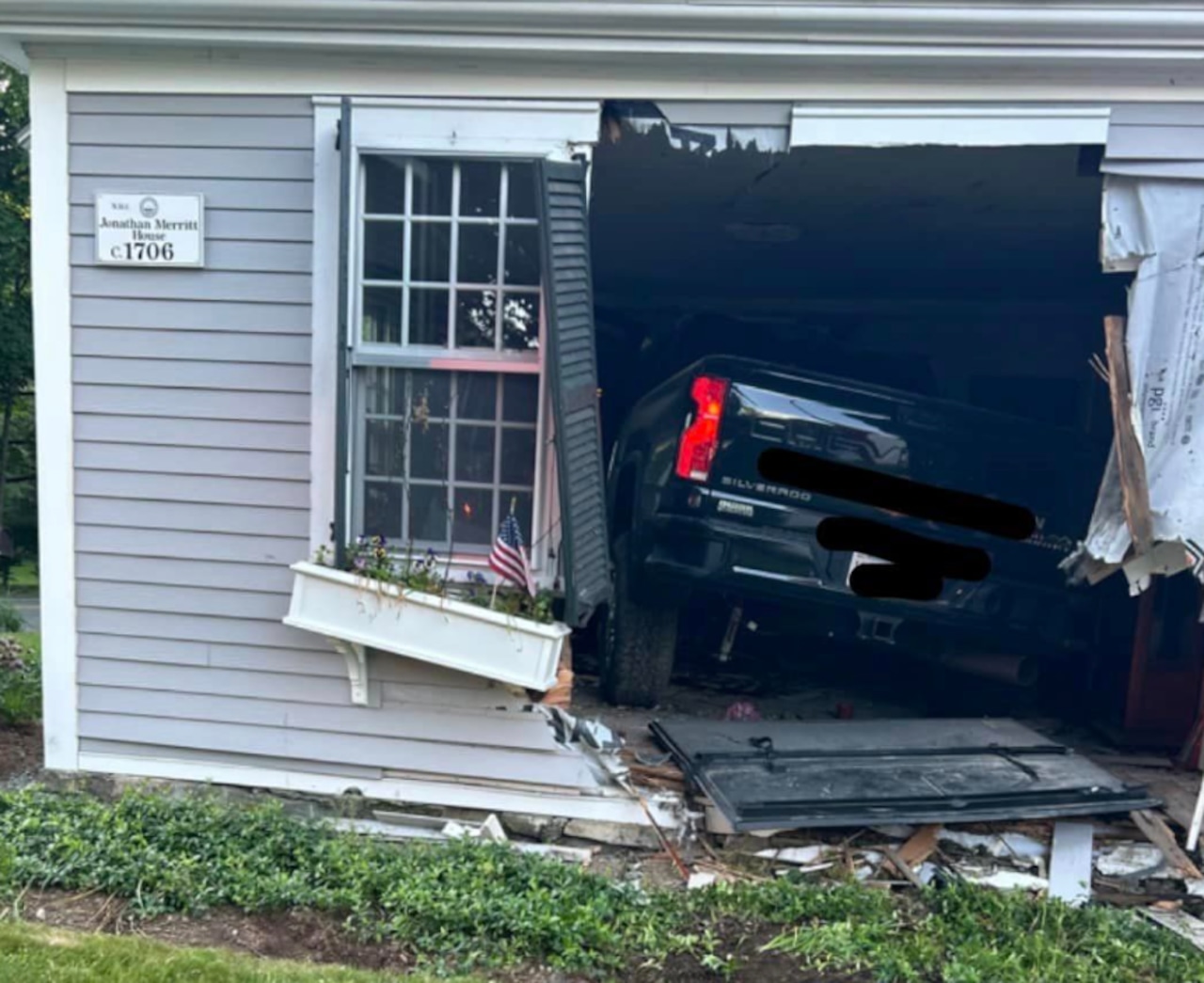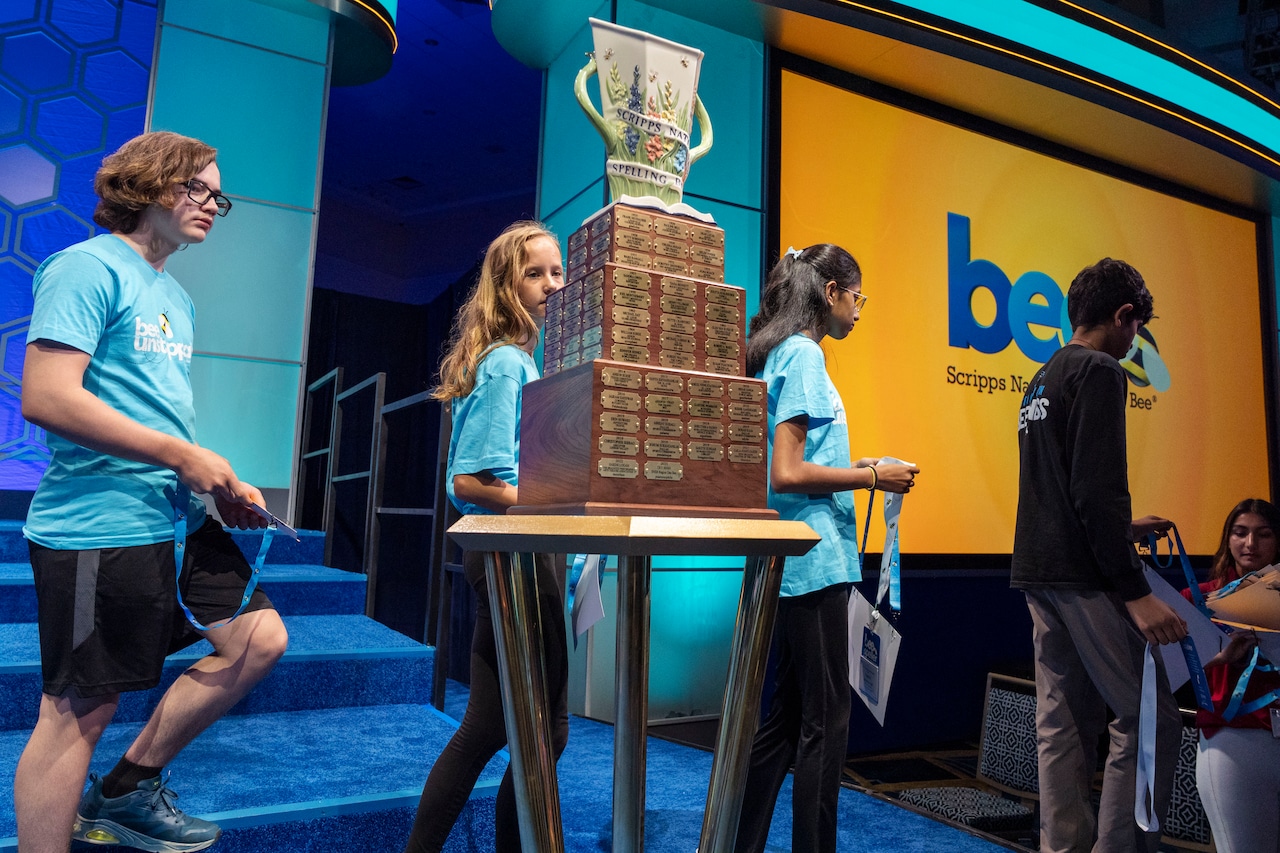Once a human heart is outside the body, every second counts. And that’s true no matter how carefully a transplant surgeon has laid it over ice cubes in a waiting plastic cooler, or how clean and sterile the operating room was.
Those frigid, bloodless moments in a transplant team’s care can determine whether that donor heart will survive.
“For as long as heart transplant has been a discipline, we have been racing against the clock,” said Massachusetts General Hospital’s heart transplant surgery and ventricular devices director and lead investigator, David D’Alessandro.
But one Massachusetts biotechnology company said it might be nearing that race’s finish line.
Paragonix Technologies, Inc., the Waltham-based self-described “pioneer in organ transplant technologies and services,” announced the results on Friday of its study, which it said proves its cardiac transplant device, known as the SherpaPak, has statistically improved the survival rate of donor hearts two years after surgery, for the first time.
The company presented the evidence to back that up at the 44th major international conference focused on treatment of end-stage heart and lung disease by the International Society for Heart and Lung Transplant.
The “gold standard” transplant method of “three plastic bags and an ice box” has traditionally involved a donor organ submerged in several bags filled with saline — not unlike the core of a Russian nesting doll set — before it’s put in a cooler.
Though that’s the accepted approach, the organs usually get cooled unevenly or too cold, are jostled and could be damaged by what they touch.
For hearts, this can result in “primary graft failure,” or when the donor heart can’t properly do its job to pump blood in its new body, according to an article published in the journal of Heart, Lung and Vessels.
Paragonix’s SherpaPak has been in operating rooms since 2018. Instead of ice, hearts are encased in a cylinder filled with a cold liquid, which is then locked in a larger, boxy container to keep the organ between 39.2 F and 46.4 F, the viable temperature range.

A rendered image of the SherpaPak, with a cutaway to show how the heart is packed inside the container. Image courtesy of Paragonix Technologies, Inc. All rights reserved.Paragonix Technologies, Inc.
SherpaPak had already “impressed” doctors with how “the donor hearts felt pliable and performed better immediately,” Scott Silvestry, a lead investigator and renowned cardiac surgeon.
And as of Friday, it’s publicly proven to be “saving lives” in a “game-changing breakthrough.”
“With evidence of superior survival 2 years after surgery, the average number of transplants required for a transplant center to see an impact on the survival of their patients is only 22 procedures,” Silvestry said in a release.
“We are now talking about saving lives and any given program can save 1-5 lives per year in the survival difference alone,” Silvestry said.
At the conference, Paragonix discussed how it studied two groups, each of 362 heart transplant patients from across the country, to compare the two-year survival rates of SherpaPak against the conventional ice cooler.
The study showed those who received hearts that used SherpaPak had a 5% increase in survival after two years, which actually shows a 43% decrease in two-year mortality rates.
Additionally, 39% less of patients had to go on ECMO or use ventricular assistant devices, and there was a 44% decrease in severe right ventricular dysfunction. There was also a 50% decrease in severe primary graft dysfunction, and in needing the use of mechanical circulatory support (MCS) within 24 hours after surgery, with a 32% MCS reduction need overall.
D’Alessandro said the “findings showed that hearts performed better in a SherpaPak than on ice” while its blood supply was cut off before it was reconnected, “whether it’s simply one hour or very long-distance procurements.”
The Massachusetts company added these advantages are “increasingly important” in today’s modern era of just how far a doctor will physically go for their patient to get a new heart.






